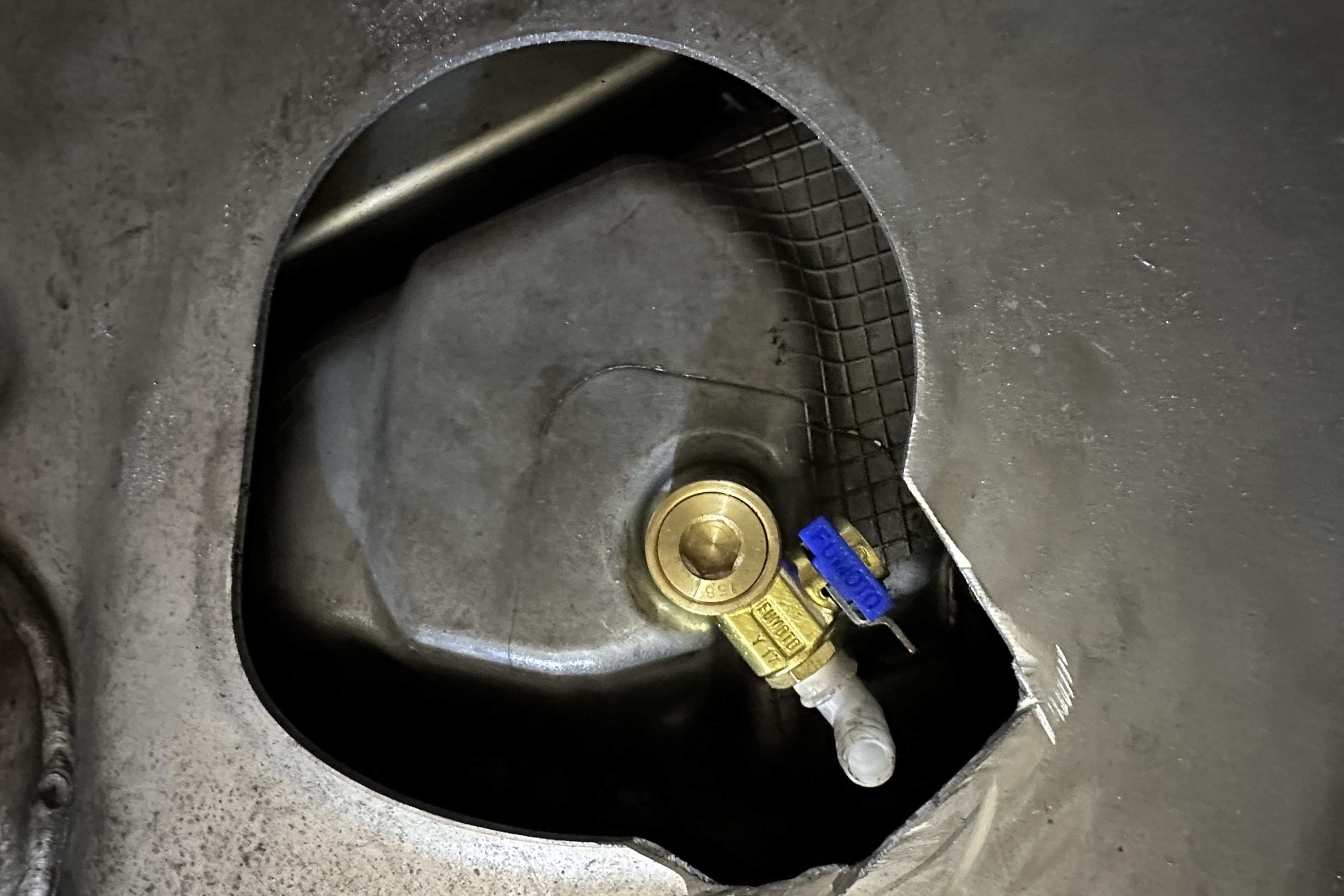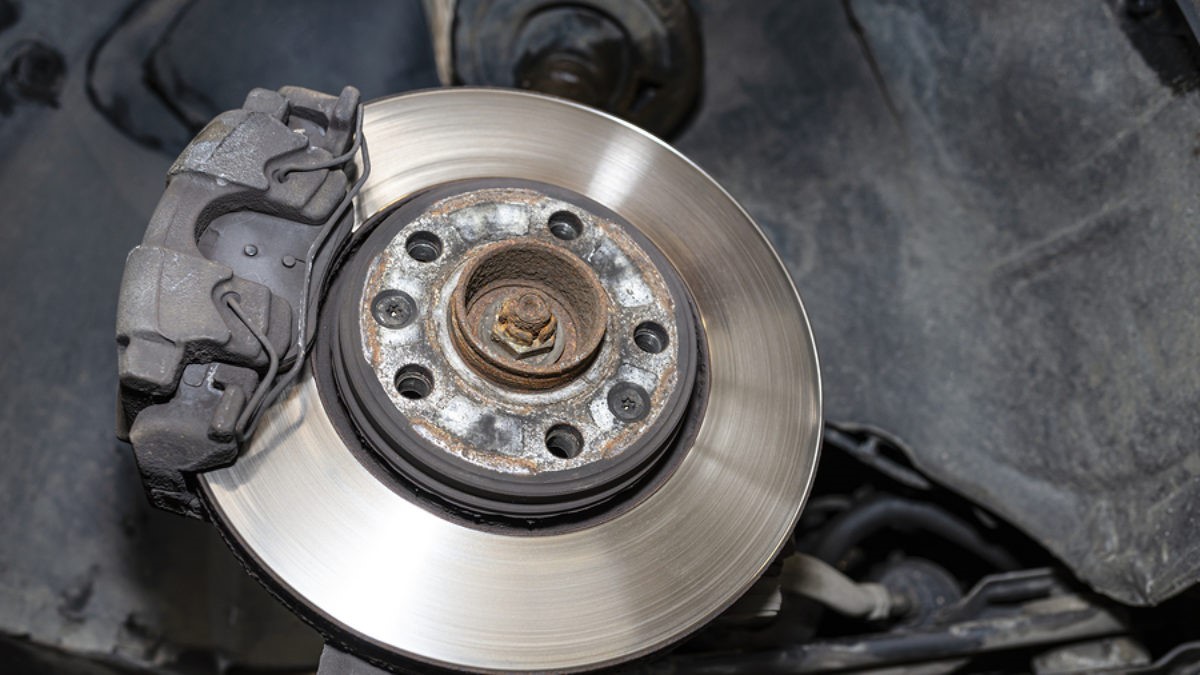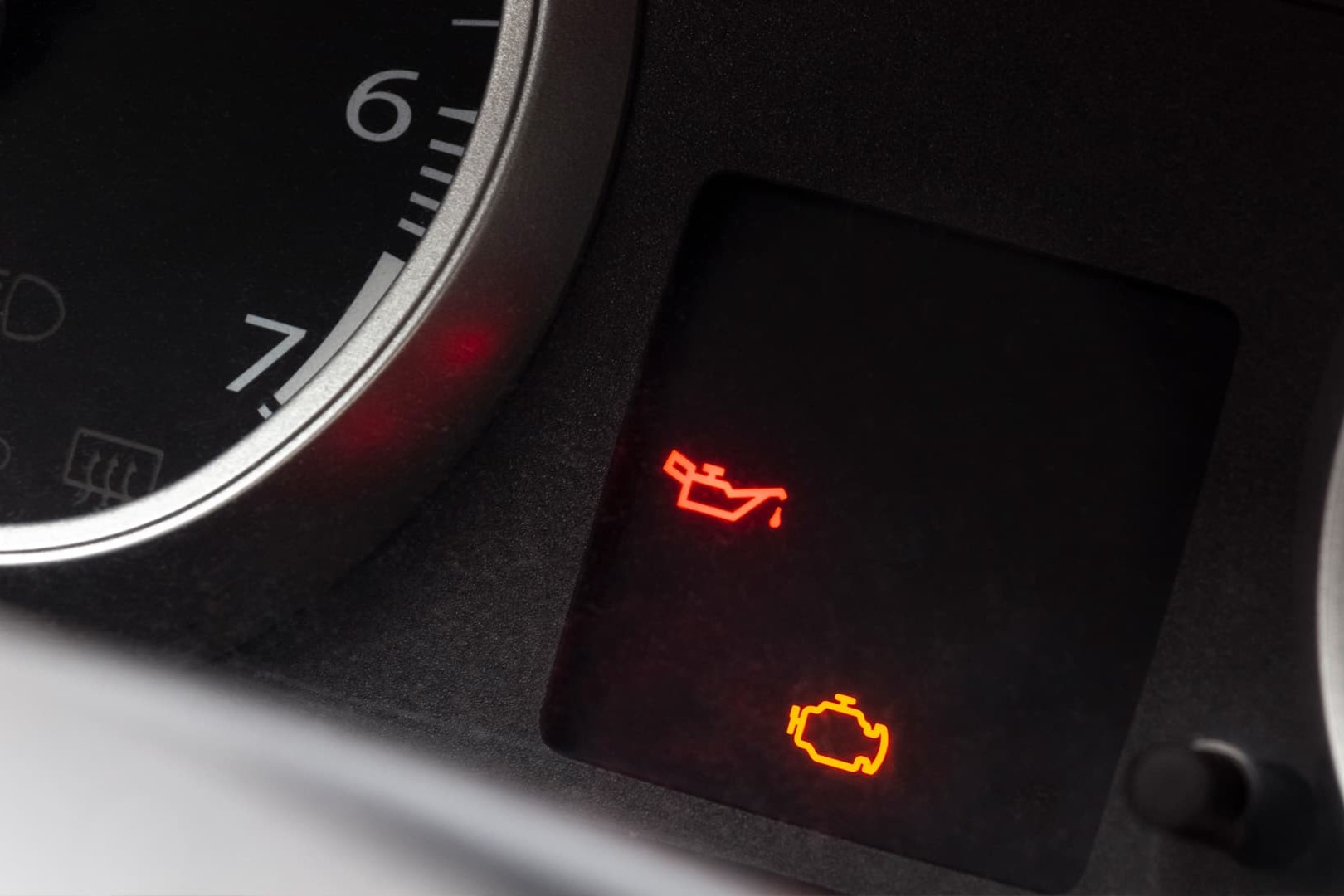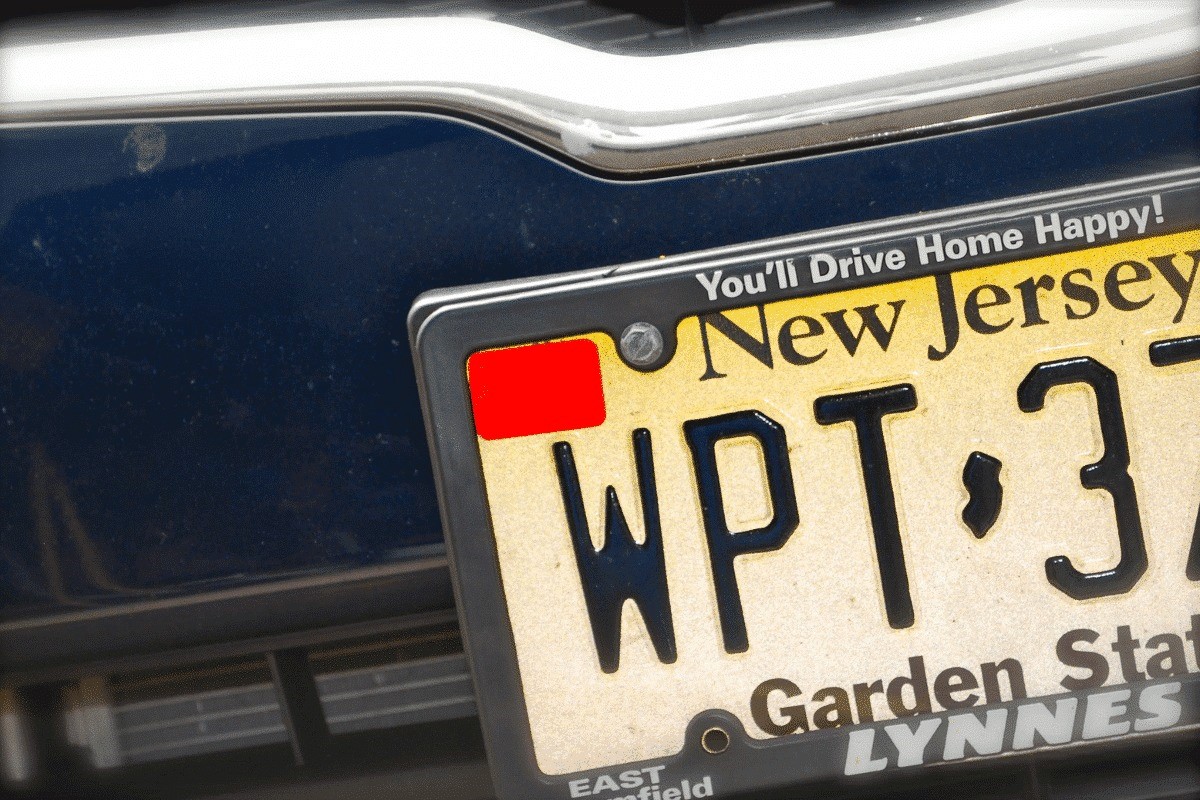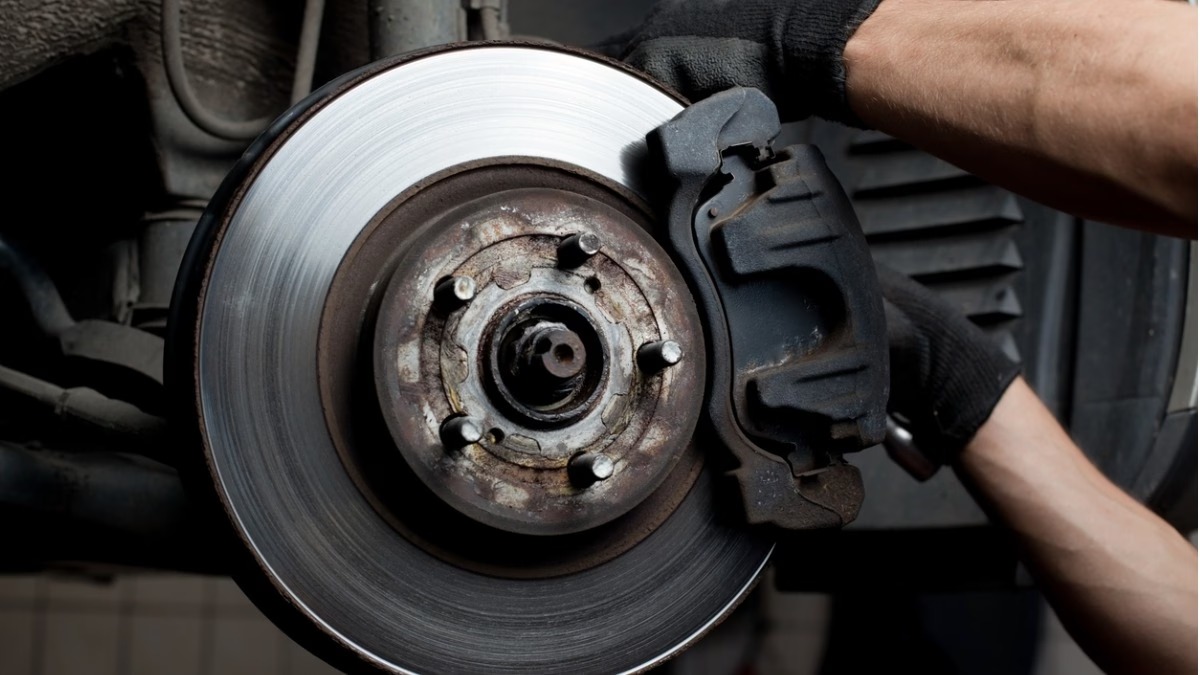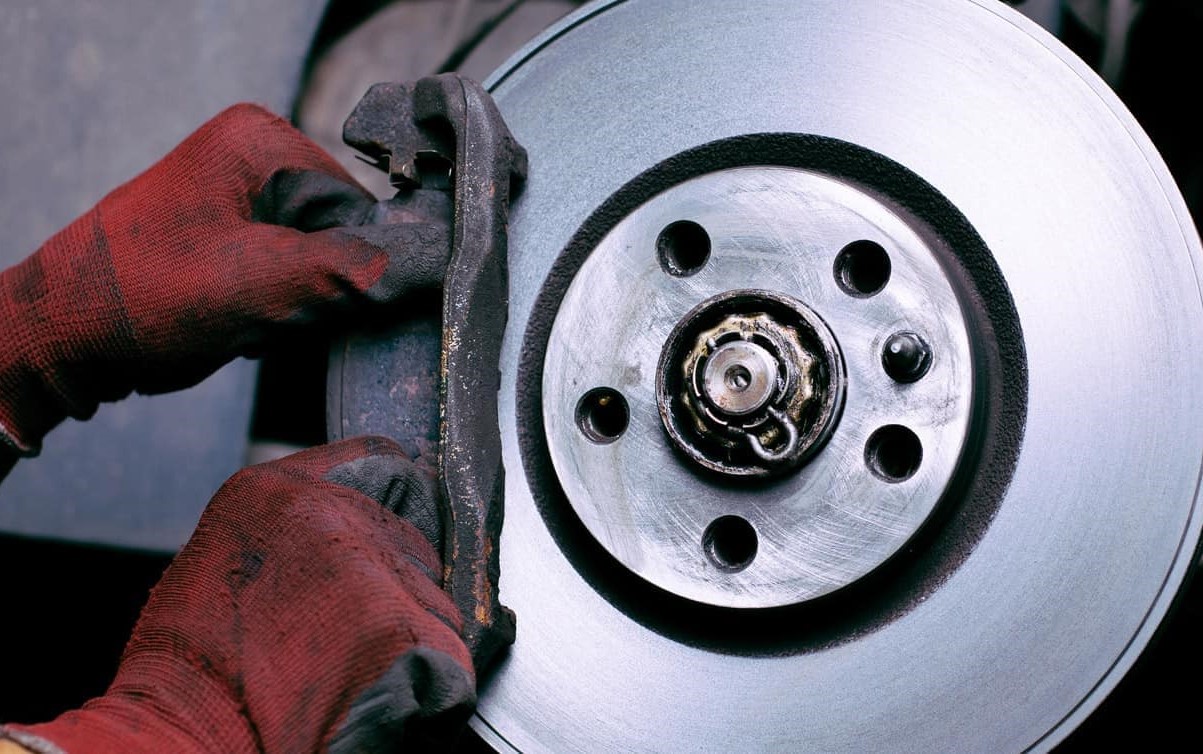Home>Automotive>The Shocking Consequences Of Driving With The Parking Brake On
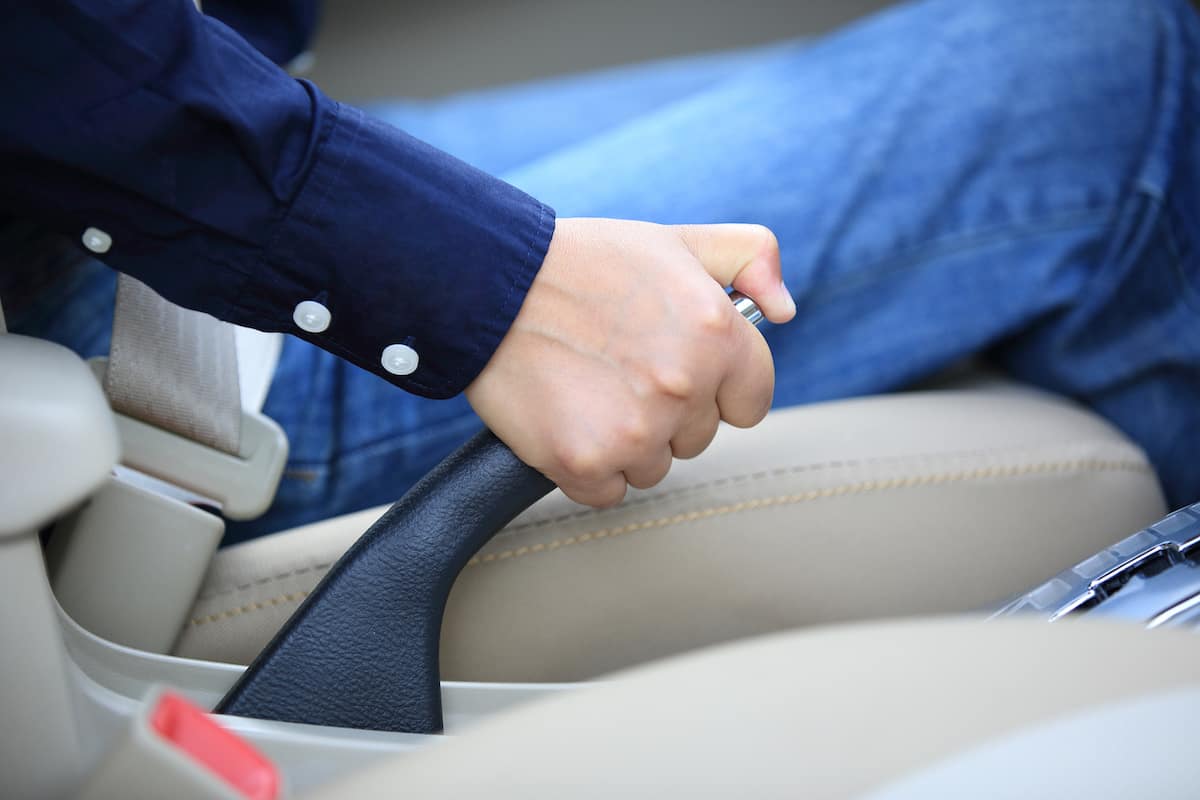

Automotive
The Shocking Consequences Of Driving With The Parking Brake On
Published: January 20, 2024
Learn about the shocking consequences of driving with the parking brake on and how it affects your automotive safety and performance. Discover the risks and solutions now!
(Many of the links in this article redirect to a specific reviewed product. Your purchase of these products through affiliate links helps to generate commission for Noodls.com, at no extra cost. Learn more)
Table of Contents
Introduction
Driving with the parking brake engaged is a common mistake that many drivers have made at some point. Whether it's due to forgetfulness, lack of awareness, or simply overlooking the warning light on the dashboard, the consequences of this error can be shocking. While the parking brake serves a crucial purpose in keeping a vehicle stationary when parked, it should never be engaged while driving. In this article, we will delve into the repercussions of driving with the parking brake on, shedding light on the potential risks and damages that can result from this seemingly harmless oversight. From the impact on the vehicle's components to the safety hazards it poses, we will explore the critical reasons why driving with the parking brake engaged should be avoided at all costs. Additionally, we will provide valuable insights into how drivers can prevent this error and ensure the safety and longevity of their vehicles. So, fasten your seatbelt and get ready to uncover the surprising effects of driving with the parking brake on.
What Happens When You Drive with the Parking Brake On
Driving with the parking brake engaged can lead to a range of detrimental effects on your vehicle. When the parking brake is left on while driving, the brake pads or shoes remain in contact with the brake drums or rotors, causing unnecessary friction and heat. As a result, several concerning consequences unfold:
-
Increased Wear and Tear: The continuous contact between the brake pads and the rotors or drums accelerates wear and tear on these components. This can lead to premature degradation of the brake system, necessitating costly repairs or replacements.
-
Overheating of Brake Components: The friction generated by driving with the parking brake on can cause the brake components to overheat. Excessive heat can compromise the integrity of the brake pads, leading to reduced braking efficiency and potentially causing a dangerous driving situation.
-
Reduced Fuel Efficiency: The added resistance from the engaged parking brake results in increased fuel consumption. The engine must work harder to overcome the resistance, leading to higher fuel usage and decreased overall efficiency.
-
Potential Damage to the Transmission: In vehicles with automatic transmissions, driving with the parking brake on can exert strain on the transmission system. This strain may result in premature wear or even damage to the transmission components.
-
Uneven Brake Pad Wear: Continuous contact between the brake pads and the rotors or drums can lead to uneven wear on the brake pads. This uneven wear pattern can compromise braking performance and lead to an imbalance in the braking system.
-
Safety Risks: Driving with the parking brake on can compromise the vehicle's handling and braking capabilities. In emergency situations, the compromised braking performance can significantly increase the risk of accidents.
-
Unpleasant Odor: The excessive heat generated by driving with the parking brake engaged can produce a distinct burning odor. This odor is a clear indication of the unnecessary stress placed on the brake system.
In essence, driving with the parking brake on can have a domino effect on various vehicle components, leading to accelerated wear, reduced performance, and safety hazards. It is crucial for drivers to be mindful of disengaging the parking brake before setting the vehicle in motion to avoid these detrimental outcomes.
The Impact on Your Vehicle
Driving with the parking brake engaged can have a profound impact on the overall health and performance of your vehicle. This seemingly innocent mistake can lead to a cascade of detrimental effects that affect crucial components, including the brake system, transmission, fuel efficiency, and overall safety.
One of the most immediate consequences of driving with the parking brake on is the increased wear and tear on the brake components. The continuous contact between the brake pads and the rotors or drums results in accelerated degradation of these vital parts. As a result, the lifespan of the brake pads and rotors is significantly reduced, necessitating premature replacements and incurring unexpected expenses for the vehicle owner.
Furthermore, the friction generated by driving with the parking brake engaged can lead to overheating of the brake components. Excessive heat compromises the integrity of the brake pads, potentially leading to reduced braking efficiency and safety hazards. The compromised braking performance poses a significant risk to the driver, passengers, and other road users, especially in emergency situations that require sudden and precise braking.
In addition to the detrimental effects on the brake system, driving with the parking brake on can also impact the vehicle's fuel efficiency. The added resistance from the engaged parking brake requires the engine to work harder, resulting in increased fuel consumption. This not only leads to higher fuel costs for the driver but also contributes to unnecessary environmental impact through increased emissions.
For vehicles equipped with automatic transmissions, driving with the parking brake engaged exerts strain on the transmission system. This strain can lead to premature wear and potential damage to the transmission components, necessitating costly repairs or replacements. The long-term impact on the transmission system can compromise the vehicle's overall performance and reliability.
Moreover, the continuous contact between the brake pads and the rotors or drums can result in uneven wear on the brake pads. This uneven wear pattern can compromise braking performance, leading to an imbalance in the braking system. As a result, the vehicle's handling and safety are compromised, posing significant risks to the driver and passengers.
In essence, the impact of driving with the parking brake on extends beyond the immediate wear and tear on the brake components. It encompasses safety risks, reduced fuel efficiency, potential damage to the transmission, and compromised braking performance. Therefore, it is imperative for drivers to remain vigilant and ensure that the parking brake is fully disengaged before setting the vehicle in motion to mitigate these adverse effects.
The Dangers of Driving with the Parking Brake On
Driving with the parking brake engaged poses significant dangers that can compromise the safety of the driver, passengers, and other road users. This seemingly innocuous mistake can have far-reaching consequences, creating hazardous situations that can lead to accidents and injuries. Understanding the specific dangers associated with driving with the parking brake on is crucial for raising awareness and preventing potential harm.
One of the primary dangers of driving with the parking brake engaged is compromised braking performance. When the parking brake is left on while driving, the continuous contact between the brake pads and the rotors or drums can lead to overheating and reduced effectiveness of the braking system. In emergency situations that require sudden and precise braking, the compromised braking performance can significantly increase the risk of accidents, especially in scenarios where quick maneuvering is essential to avoid collisions or obstacles.
Furthermore, the added resistance from the engaged parking brake results in increased fuel consumption and reduced fuel efficiency. This not only leads to higher fuel costs for the driver but also contributes to unnecessary environmental impact through increased emissions. From an economic and environmental standpoint, the decreased fuel efficiency resulting from driving with the parking brake on presents a tangible danger to the driver's finances and the broader ecological balance.
In vehicles equipped with automatic transmissions, driving with the parking brake engaged can exert strain on the transmission system, potentially leading to premature wear or damage to transmission components. The long-term impact on the transmission system can compromise the vehicle's overall performance and reliability, posing a significant danger to the driver's investment in the vehicle and their driving experience.
Another critical danger of driving with the parking brake on is the potential for uneven brake pad wear, which can compromise the vehicle's handling and safety. The uneven wear pattern resulting from continuous contact between the brake pads and the rotors or drums can lead to an imbalance in the braking system, affecting the vehicle's ability to stop effectively and maintain stability during braking maneuvers.
Moreover, the excessive heat generated by driving with the parking brake engaged can produce a distinct burning odor, serving as a clear indication of the unnecessary stress placed on the brake system. This odor not only signals potential damage to the vehicle but also serves as a warning sign for the driver to address the issue promptly to prevent further risks.
In essence, the dangers of driving with the parking brake on encompass compromised braking performance, reduced fuel efficiency, potential damage to the transmission, uneven brake pad wear, and safety risks. By understanding these dangers, drivers can take proactive measures to ensure the parking brake is fully disengaged before driving, thereby mitigating the associated risks and promoting safer and more efficient driving practices.
How to Avoid Driving with the Parking Brake On
Preventing the potentially damaging and hazardous act of driving with the parking brake engaged requires a combination of awareness, diligence, and proactive habits. By incorporating the following measures into your driving routine, you can effectively avoid the unintended consequences of driving with the parking brake on:
-
Visual and Mental Checks: Before starting your vehicle, make it a habit to visually and mentally check the status of the parking brake. Ensure that the parking brake lever or pedal is fully disengaged and securely in the released position. This simple yet crucial step can prevent the oversight of driving with the parking brake engaged.
-
Dashboard Indicator Awareness: Familiarize yourself with the dashboard indicator for the parking brake. Many modern vehicles are equipped with warning lights that illuminate when the parking brake is engaged. Pay attention to this indicator before setting the vehicle in motion, as it serves as a visual reminder to release the parking brake.
-
Engage in Routine Maintenance: Regular maintenance of the parking brake system is essential for ensuring its proper function. During scheduled service appointments, have a qualified technician inspect the parking brake components, including cables, levers, and pads, to identify any potential issues that could lead to inadvertent engagement while driving.
-
Educate Other Drivers: If you share your vehicle with family members or friends, take the time to educate them about the importance of disengaging the parking brake before driving. Encourage open communication about this critical safety practice to reinforce awareness and prevent accidental engagement of the parking brake.
-
Develop a Pre-Driving Checklist: Establish a pre-driving checklist that includes verifying the release of the parking brake. By integrating this step into your routine, you can cultivate a habit of systematically checking the status of the parking brake before initiating your journey, reducing the likelihood of driving with the parking brake on.
-
Utilize Parking Brake Reminder Tools: In some vehicles, there are aftermarket solutions available that provide audible or visual reminders to disengage the parking brake before driving. Consider incorporating these tools into your vehicle to add an extra layer of precaution against unintentional engagement of the parking brake.
-
Practice Mindful Driving: Remain attentive and focused while operating your vehicle. Distraction and haste can contribute to overlooking the status of the parking brake. By practicing mindful driving habits, you can maintain awareness of critical vehicle functions, including the proper disengagement of the parking brake.
By integrating these proactive measures into your driving routine, you can effectively avoid the potential pitfalls of driving with the parking brake engaged. Cultivating awareness, leveraging vehicle features, and promoting a safety-conscious mindset are essential steps in preventing this oversight and ensuring the optimal performance and safety of your vehicle.
Conclusion
In conclusion, the act of driving with the parking brake engaged can have far-reaching and detrimental effects on both the vehicle and the safety of the driver and passengers. The consequences of this seemingly innocent mistake encompass increased wear and tear on brake components, compromised braking performance, reduced fuel efficiency, potential damage to the transmission, uneven brake pad wear, and safety risks. These outcomes highlight the critical importance of ensuring that the parking brake is fully disengaged before setting the vehicle in motion.
By understanding the impact and dangers associated with driving with the parking brake on, drivers can take proactive measures to prevent this oversight. Visual and mental checks, awareness of dashboard indicators, routine maintenance, and the development of pre-driving checklists are essential strategies for mitigating the risks. Additionally, educating other drivers, utilizing parking brake reminder tools, and practicing mindful driving habits contribute to fostering a safety-conscious approach to vehicle operation.
It is crucial for drivers to recognize the significance of this issue and incorporate preventive measures into their driving routines. By doing so, they can safeguard the integrity of their vehicles, promote fuel efficiency, and ensure the safety of themselves and others on the road. Ultimately, the avoidance of driving with the parking brake engaged is a fundamental aspect of responsible vehicle operation, reflecting a commitment to both vehicle maintenance and safe driving practices.
As drivers remain vigilant in disengaging the parking brake before driving, they contribute to a culture of safety and responsibility on the roads. By prioritizing this simple yet impactful practice, drivers can protect their vehicles from unnecessary wear and damage while fostering a safer and more efficient driving environment for all road users.
